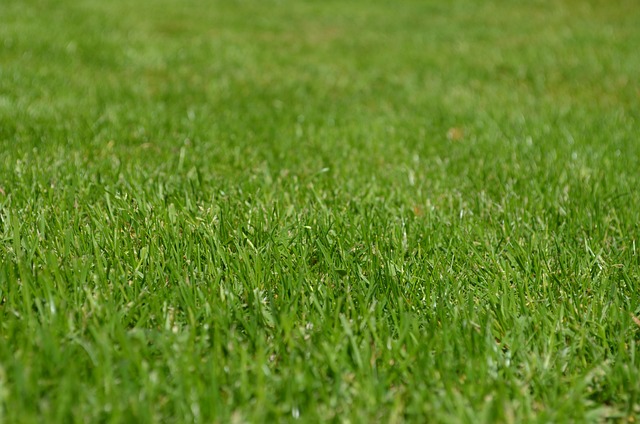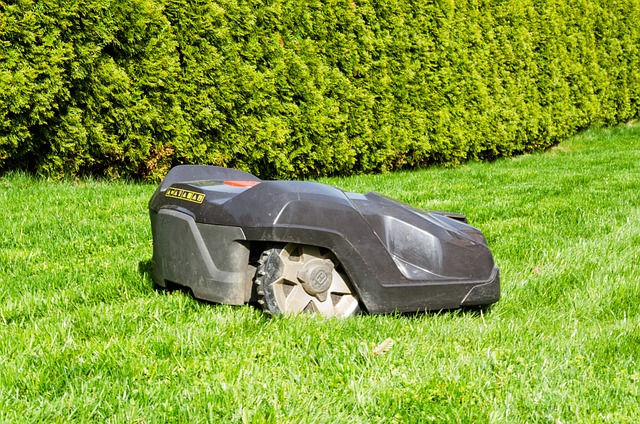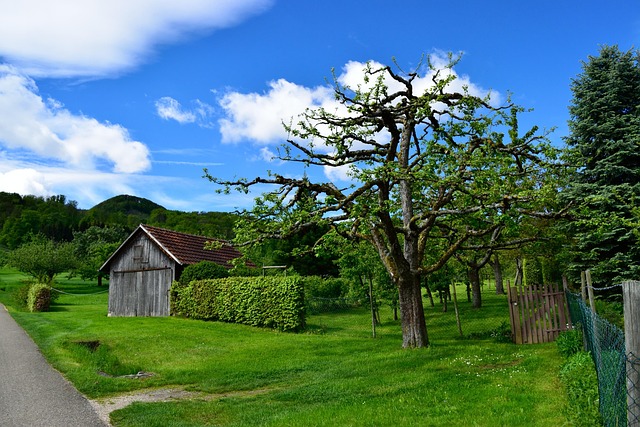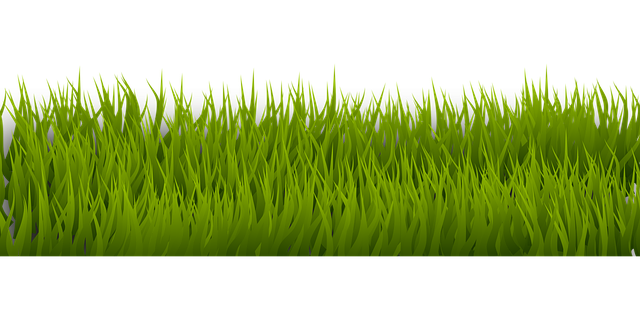In Colorado Springs, identifying lawn fungus is key to effective organic care. Look for brown/yellow patches, irregular spots, web-like structures, and powdery coatings. Early detection allows for organic interventions like neem oil, copper sulfate, aeration, over-seeding, compost application, and proper hydration to achieve a vibrant, disease-resistant lawn without synthetic chemicals.
In Colorado Springs, recognizing lawn fungus is a crucial step towards implementing effective organic care plans. This guide delves into the art of identifying and addressing lawn fungus, specifically tailored to the unique environmental conditions of our region. By understanding the signs and causes of lawn fungus, homeowners can adopt sustainable practices to cultivate healthy, vibrant lawns without relying on synthetic chemicals. We explore organic care strategies and provide a step-by-step approach to creating an eco-friendly, thriving lawn.
- Recognizing Lawn Fungus in Colorado Springs
- Organic Care Strategies for Healthy Lawns
- Implementing an Effective Organic Lawn Care Plan
Recognizing Lawn Fungus in Colorado Springs

In Colorado Springs, recognizing lawn fungus is a crucial step in implementing effective organic care plans. Homeowners often notice patches of brown or yellow grass, irregular spots, and overall poor growth as signs of fungal infestation. Identifying specific types of lawn fungus requires careful observation, as different fungi target distinct grass species and soil conditions. Common indicators include the presence of web-like structures on grass blades and stems, as well as powdery or fuzzy coatings that can range from white to gray.
When identifying lawn fungus in Colorado Springs, it’s essential to consider environmental factors such as recent rainfall, temperature fluctuations, and nearby moisture sources. These conditions create a favorable environment for fungal growth. Additionally, checking for common hosts like ryegrass, fescue, or Kentucky bluegrass can aid in pinpointing the specific type of fungus affecting your lawn. Early detection allows for timely intervention using organic remedies, ensuring a healthier and more vibrant lawn throughout the year.
Organic Care Strategies for Healthy Lawns

In the pursuit of a lush, green lawn, organic care strategies offer a holistic approach to maintaining turf health. One of the key aspects is understanding and addressing lawn fungus in Colorado Springs. This region’s unique climate presents specific challenges with fungal growth, requiring tailored solutions. Homeowners should regularly inspect their lawns for signs of fungus, such as discolored patches or moldy growth, which can indicate issues like dollar spot or brown patch. Early detection allows for timely treatment using organic fungicides and natural prevention methods.
Organic care involves a combination of practices like aeration to improve soil ventilation, over-seeding to enhance grass density, and applying organic fertilizers to nourish the lawn without introducing harmful chemicals. Additionally, maintaining proper hydration levels and trimming grass at the right height contribute to overall lawn health. By adopting these strategies, residents of Colorado Springs can achieve and maintain a vibrant, disease-resistant lawn while also preserving the environmental integrity of their outdoor spaces.
Implementing an Effective Organic Lawn Care Plan

Implementing an effective organic lawn care plan begins with identifying potential issues, such as lawn fungus in Colorado Springs. Homeowners should regularly inspect their grass for any signs of discoloration, spots, or thinning, which could indicate fungal infections like dollar spot or patchy growth. Once identified, addressing the problem organically involves using natural fungicides derived from plants like neem oil or copper sulfate, which are safer alternatives to synthetic chemicals.
In addition to managing fungus, an organic approach prioritizes soil health by incorporating compost and other organic matter into the lawn care routine. This enhances soil structure, improves drainage, and fosters a vibrant ecosystem that promotes robust grass growth. By focusing on these natural solutions, homeowners can achieve a lush, healthy lawn without relying on harsh chemicals, contributing to a more sustainable and environmentally friendly outdoor space.
In identifying lawn fungus in Colorado Springs and implementing organic care strategies, homeowners can achieve vibrant, healthy lawns that thrive naturally. By understanding the specific challenges faced in this region, such as identifying common lawn fungi, and adopting effective organic care plans, it’s possible to enhance soil health, promote robust grass growth, and minimize environmental impact. These sustainable practices not only contribute to a greener planet but also ensure your lawn remains a beautiful testament to your dedication to eco-friendly gardening.
